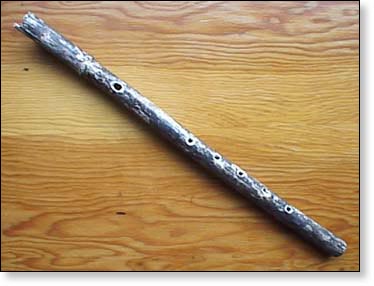I thought the new year could do with some color. I am an artist after all! So I've updated my blog's look. I welcome any comments you have & ideas on how to improve it.
I have discovered (actually she discovered me first...) an amazing new blogger Epiphany Girl. You've got to check her out. She writes so beautifully about spirituality!Epiphany girl pointed out to me that the poem about Mary in my post about the feminine and the Divine has a dig at women in it. Hildegard gives it to Eve pretty strongly. I have a lot to say about Eve, but I'm still working up a full post. In the meantime I decided that there must be some Christian poetry somewhere that captures the beauty of the feminine nature of the Divine in a way that really speaks to me without putting women down. I was lucky to happen across Steve who told me about the Liturgy of St Basil which is used twelve times a year in Orthodox Churches:
All of creation rejoices in you, O Full of Grace, the assembly of angels and the race of men. O Sanctified Temple and Spiritual Paradise, the Glory of Virgins, from whom God was incarnate and became a child, our God before the ages. He made your body into a throne, and your womb He made more spacious than the heavens. All of creation rejoices in you, O Full of Grace. Glory to you!
This is so amazing!












 I can't seem to get enough of Tagore. I've posted many of his poems here because he so intimately understands the process of creativity.
I can't seem to get enough of Tagore. I've posted many of his poems here because he so intimately understands the process of creativity.